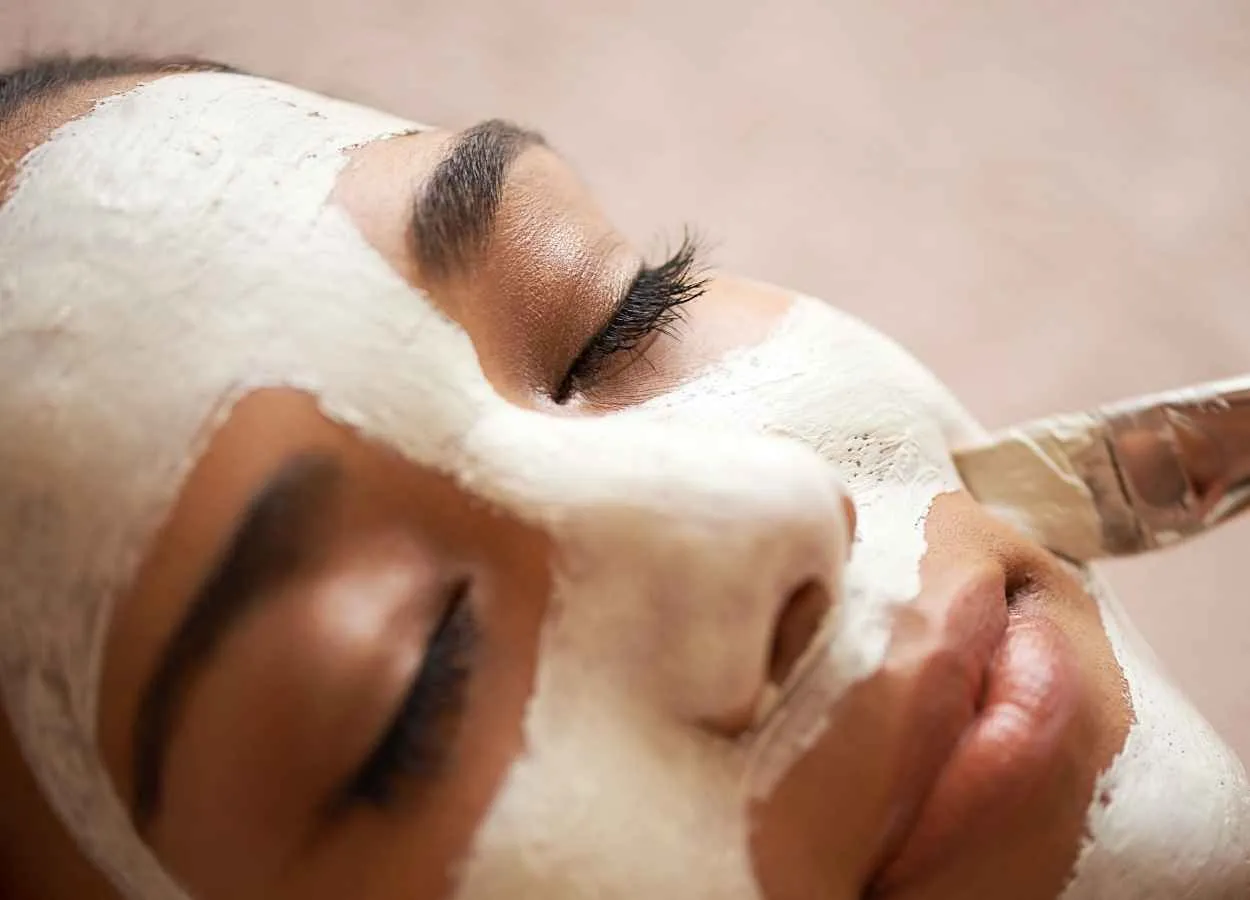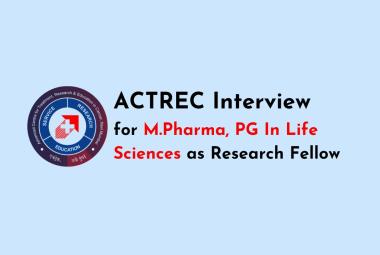About Authors
 Avdesh Thassu
Avdesh Thassu
MPharm (Nat. Chem.); MBA(Mkt.)
Associate Vice President
Global Regulatory Affairs,
Emami Limited,
athassu@hotmail.com
 Chandra Mohan Nandi
Chandra Mohan Nandi
MSc. (Organic Chem.)
Deputy Manager,
Global Regulatory Affairs,
Emami Limited,
chandramohannandi@yahoo.in
Abstract
Human beings especially womans are obsessed with looking beautiful. Hence, various beauty products have been in use to look charming and young. Herbal ingredients are popular worldwide for use in cosmetics.The word cosmetic was obtained from “Kosmtikos,” a Greek word, means having the influence, arrange, and ability in decorating The demand for herbal cosmetic is growing in the world market and is a valuable gift of nature. Herbal cosmetics are formulated using different herbal active ingredients, which are further incorporated in cosmetic bases to nourish and cure various skin ailments. Herbal cosmetics are natural and are found to be safe to use as compared to chemical-based cosmetics. Herbal formulations have always attracted considerable attention because they are free from all the harmful synthetic chemicals which otherwise may prove to be toxic to the skin. The bioactive ingredients from plants include antioxidants, vitamins, essential oils, tannins, alkaloids, dyes, carbohydrates, and terpenoids, which are used as cosmetics for care of skin, body, and its other parts. Cosmetics based on herbal ingredients possess desirable physiological activity such as smoothing appearance, healing, enhancing, and conditioning properties. Various herbal active ingredients which are particularly used for skincare are being discussed in this article.
Introduction
Herbal cosmetics are the composition incorporating phytochemicals from various botanical sources, impacting the skin functions, and allocate nutrients which are beneficial for the healthy and glowing skin or hairs. These phytochemicals of various sources have dual functions, they can be utilized as a cosmetic product for the skincare purpose, and the botanical components imparting biological activity to the skin and furnish nutrients beneficial for the nourished skin or hair.
Anatomy of Skin : The skin is the largest organ of the body. It has three main layers, the epidermis, the dermis and the subcutaneous layer.
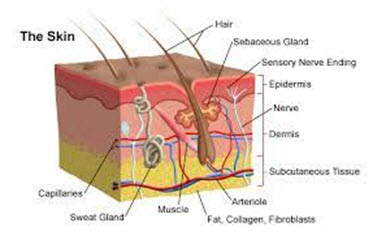
The epidermis is an elastic layer on the outside that is continually being regenerated. It includes the following:
• Keratinocytes - the main cells of the epidermis formed by cell division at its base. New cells continually move towards the surface. As they move they gradually die and become flattened.
• Corneocytes - the flattened dead keratinocytes that together make up the very outer layer of the epidermis is called the stratum corneum or horny layer. This protective layer is continually worn away or shed.
• Melanocytes – produce the pigment melanin that protects against UV radiation and gives skin its colour.
The dermis is the inner layer that includes the following:
• Sweat glands – produce sweat that travels via sweat ducts to openings in the epidermis called pores. They play a role in temperature regulation.
• Hair follicles – are pits in which hairs grow. Hairs also play a role in temperature regulation.
• Sebaceous glands – produce sebum (an oil) to keep hairs free from dust and bacteria. Sebum and sweat make up the 'surface film'.
The subcutaneous layer under the dermis is made up of connective tissue and fat (a good insulator).
Natural Ingredients in Cosmetics : Skin constitutes the largest living organ that protects the body from the external environment, helping to regulate temperature and fluid balance, keeping out harmful microbes and chemicals and offering some protection against sunlight. The outermost layer of the skin is the stratum corneum, a selectively permeable, heterogeneous layer of the epidermis, which protects against desiccation and environmental challenge and retains sufficient water to allow it to function. Impairment in skin barrier function is often demonstrated by an altered integrity of the stratum corneum, with a consequent increase in transepidermal water loss and decrease in skin hydration. The term “natural” is defined as something or an ingredient that is produced by the nature or found in nature and is directly extracted from plants or animal products. Sources of natural ingredients can include herbs, fruits, flowers, leaves, minerals, water and land . The effect of natural ingredients in skin care products depends on their in vitro and in vivo efficacy and the type of dermatological base where they are incorporated.
Benefits of Plant Extracts: The use of bioactive extracts or phytochemicals from a variety of botanicals in cosmetics accomplishes two functions: care of the body and as ingredients to influence the biological functions of the skin, providing the nutrients for healthy skin. According to their composition, these extracts can provide different properties:
A) Antioxidant activity : The oxidative stress is one of the major mechanisms for skin aging and dermatological conditions. Ultraviolet radiation from sunlight is the most common exogenous factor harmful to the skin. The continuous exposure to environmental factors leads to alterations in the connective tissue due to the formation of lipid peroxides and reactive oxygen species (ROS), as well as enzymes action, which results in several skin disorders. Free radical formation is naturally controlled by various beneficial compounds known as antioxidants. These are radical scavengers providing protection to the human body by inhibition of various oxidizing chain reactions. ROS generated exogenously react with various biomolecules present in the skin and play an important role in skin disorders. Phenolic compounds are bioactive substances widely distributed in plants, being important constituents of the human diet. Plant phenolics comprise a great diversity of compounds, such as flavonoids (anthocyanins, flavonols, flavones, etc.) and several classes of non-flavonoids (phenolic acids, lignins, stilbenes). Natural antioxidants are effective in preventing free radical formation by scavenging them or promoting their decomposition and suppressing disorders.
B) Tyrosinase Inhibition Effect : Melanin is a human pigment responsible for the colour of eyes, hair and skin. It is produced and secreted, through a physiological process called melanogenesis, by the melanocytes, which are distributed in the basal layer of the dermis. There are two types of melanin pigments produced by the melanocytes: eumelanin, black or brown, and pheomelanin, red or yellow. The colour of human skin and hair is determined by the type and distribution of melanin pigment. Upon exposure of the skin to sun radiation, melanogenesisis enhanced by the activation of thyrosinase, a melanogenesis key enzyme. Tyrosinase, a polyphenol oxidase, can catalyze two distinct reactions (Figure 1): the oxidation of L-tyrosine to L-dihydroxyphenylalanine (L-DOPA) (first reaction) and the oxidation of L-DOPA to dopaquinone (second reaction). Then, dopaquinone, through a non-enzyme-catalysed process, is transformed into leukodopachrome (third reaction). This compound is oxidized into dopachrome (fourth reaction), which is an extremely fast and non-enzyme-catalyzed process. Then, dopachromeis transformed to melanin through a series of chemical- and enzyme-catalyzed reactions. Thus, the referred process shows that dopachrome synthesis can be suppressed when any of the steps are inhibited.
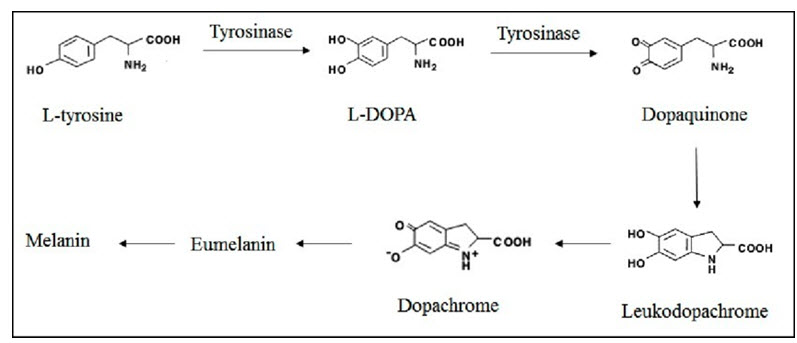
Melanin protects the skin against UV light damage by absorbing UV sunlight and removing the reactive oxygen species.
Ingredients A to Z of Skin Care Products

Avocado Oil : Avocado oil is loaded with omega-3 fatty acids and vitamins A, D, and E. In addition to vitamin E, avocado oil contains potassium, lecithin, and many other nutrients that can nourish and moisturize the skin.The outermost layer of skin, known as the epidermis, easily absorbs these nutrients, which also help to form new skin.The antioxidants in avocado oil may help to ease the symptoms of a sunburn. The vitamin E, beta carotene, vitamin D, protein, lecithin, and essential fatty acids in the oil can support healing and soothe the skin.

Bhibhitaki/Baheda : This ingredient helps in getting a smooth, acne free face. The antibacterial astringent and rejuvenating properties of Bibhitaki helps in attaining a brighter skin tone.

Chestnut : Chestnut, particularly chestnut fruits and leaves are important sources of phenolic compounds. Apart from that its flower has antioxidant properties. In a study developed by Almeida et al., a surfactant-free topical formulation containing an ethanolic C. sativa leaf extract was characterized. No changes in pH and 1,1-diphenyl-2-picrylhydrazyl (DPPH)-scavenging activity were observed after a 6 months storage period at 20 °C and in vivo moisturizing effect was demonstrated that, lasted at least 4 h after products application. The safety and stability of this formulation for topical use was verified. It could be relevant in the prevention and treatment of oxidative stress-mediated diseases and photo-ageing.
Diamond Powder : Popularly known as natural exfoliator, it is not only helps in preventing the skin aging, but also improves skin complexation. It helps protect collagen and reduce sun damage.

Eucalyptus oil : The most effective and well-proven benefits of eucalyptus oil are its antibacterial, moisturizing, and anti-inflammatory properties. Further, it has also been shown to treat eczema and acne flare-ups, as well as promote wound healing and provide pain relief for minor cuts and scrapes.

Frankincense (Boswellia): The oil of the famous resin frankincense has been used in cosmetics for centuries for its antiseptic and astringent properties. This makes it brilliant for preventing wounds from developing infections, but it can also be used to protect against hair loss, to tone the skin and to reduce the appearance of wrinkles. It helps to promote the regeneration of cells, creating potent anti-ageing qualities when found in scientifically tested skin creams.
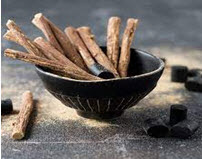
Glycyrrhizaglabra (Licorice): Licorice is good for skin eruptions, including dermatitis, eczema, pruritus and cysts. Anti-inflammatory, antiseptic and antibacterial properties. Licorice contains glycyrrhizin, glycyrrhetinic acid, flavonoids, asparagine, iso-flavonoids and chalcones. Glabridin is the main ingredient of the hydrophobic fraction of licorice extract and has been shown to inhibit tyrosinase activity in B16 murine melanoma cells.

Holy basil : Holy basil has been found to have antibacterial, antiviral, antifungal, anti-inflammatory and analgesic (painkilling) properties. It can help kill bacteria that can cause breakouts and skin infections, so it’s a great natural remedy for wounds, plus a home remedy for acne and other skin irritations. It’s believed to benefit the skin and treat skin infections both internally and externally. The primary active compound of holy basil oil is eugenol, also the active ingredient in the powerful antimicrobial clove oil, which is widely believed to help combat many skin disorders. Holy basil also contains other therapeutic components, including gamma-caryophyllene and methyl eugenol.

Indian Madder : The presence of bioactive constituent like purpurin, munjistin, xanthopurpurin, pseudopurpurin and glycosides like rubiadin, etc, helps in purifying the blood and increasing blood flow. As a result, Indian Madder prevents acne breakout and brightens skin texture.

Jujube : Jujubes bestowed with vast reserves of vitamin C and antioxidants combat free radicals and prevents oxidising of healthy skin cells, thereby reverse the effects of ageing. Imbued with a myriad of skin-boosting nutrients, ber fruits can do wonders for your skin by treating acne, blemishes, and scars and makes the skin look radiant and flawless. It also slows down premature ageing of the skin, fades wrinkles, pigmentation and helps in improving skin complexion and natural glow. In addition, jujube has been found to heal skin woes like eczema, psoriasis and also has the potential to avert the spreading of melanoma (skin cancer).

Kiwi seed oil : The oil of kiwi seeds is not a commonly known skincare ingredient, but it actually has a lot of uses. Whether it be controlling sebum production to reduce the presence of blackheads or firming the skin through the presence of collagen-inducing vitamin C, kiwi seed oil is an unsung saviour of the natural skin care catalogue.
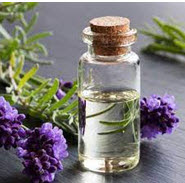
Lavender oil : A natural skin care superhero, lavender oil has more uses than you could count. Whilst it is essential to use this ingredient in the correct quantities (otherwise it can irritate the skin), lavender is incredibly healing. Its powerful antiseptic and anti-inflammatory properties while lavender is also a brilliant cure for acne, as well as for reducing the itchiness of eczema. It is perhaps the most effective ingredient for healing burns and reducing the appearance scars.

Marshmallow root : Marshmallows are one of the world’s favourite sweet treats, but its natural form can also be a treat for your skin! Marshmallow roots, otherwise known as Althaea, has healing, moisturising and soothing properties, high in mucilage, which can coat the skin and prevent irritation. This makes the ingredient brilliant for revitalising the skin.

Neroli oil : Neroliis derived from orange blossom. In ancient times, it was allegedly used to treat the plague. Today, however, it is applied topically to improve the skin’s elastic, preventing the development of stretch marks, along with reducing acne due to its anti-bacterial features.

Olive oil : Olive trees, fruits, olive oil and olive mill waste contain hydroxytyrosol (2-(3,4-di-hydroxyphenyl) ethanol) and tyrosol (2-(4-hydroxyphenyl)ethanol). These phenolic compounds present antimicrobial, anticarcinogenic, anti-inflammatory and antioxidant activities. Due to the beneficial properties of these compounds, the use of olive extracts as raw material in the manufacture of cosmetic products seems to be an interesting innovation approach for cosmetic industries.
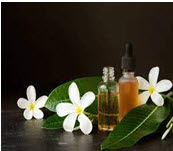
Patchouli : Patchouli is a member of the mint family. Besides being used in perfumes and soaps, the essential oil can be applied topically with a carrier oil or in a cream to soothe inflammation in infections and even in arthritis. Its astringent properties also make it good for preventing sagging and wrinkling skin.

Quince seed : It is a herb that is rich in vitamins and minerals. It contains certain nutrients which contribute to the health as well as the vitality of the skin. It further helps in retaining skin moisture and retaining its glow.
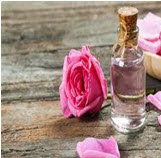
Rose absolute : One of the most precious essential oils in the world, rose absolute has an incredible array of skin-healing properties. Its astringent properties make it great for treating wounds, as it causes the blood vessels to contract, slowing the blood flow caused by cuts and small wounds. It is also anti-inflammatory and soothing, making it the perfect toner for dry, inflamed or itchy skin. It also helps to tone and strengthen the skin for a youthful appearance.

Sandalwood : Another antiseptic and anti-inflammatory ingredient, sandalwood treats everything from insect bites to boils. However, it is also a cicatrizant, meaning that it can help the skin to heal scars much quicker. Sandalwood has long been used as a disinfectant, which, mixed into bathwater, can both prevent infections and repel insects due to the oil’s fragrance

Tea Tree oil : A famous remedy for acne, tea tree oil is a powerful antiseptic that can help reduce excess sebum production to clear out the skin. This Australian ingredient is also anti-fungal, making it effective in removing athlete’s foot and other fungal ailments. However, it can also soothe dandruff and relieve the itching of insect bites. Tea tree oil can also treat minor wounds, encourage healing, and prevent infection.
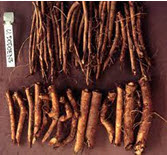
Ulmusdavidiana root extract : The bark of the root and stem of the Ulmusdavidiana japonica tree has been used in traditional Korean medicine for many years as an anti-inflammatory ingredient. many scientists believe it can be beneficial in the conditioning of the skin, and potentially as an anti-wrinkle agent to treat sun-induced premature ageing.
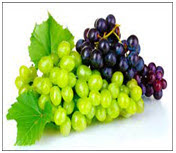
Viniferafruit(Grape seed): Grape seed extract has the ability to release endothelial growth factor and its topical application results in contraction and closure of the skin wound. Furthermore, it possesses antioxidant and antibacterial properties, which help for our skin care.

Witch Hazel : Witch hazel is another favourite for those suffering from spot-prone skin. Derived from the bark, twigs and leaves of plants native to North America and some parts of Asia, the active ingredients are mixed to create witch hazel water. Used topically, witch hazel is a fantastic astringent and antioxidant, naturally reducing acne, blisters and insect bites. As an astringent, it helps to shrink the pores, reducing the number of bacteria that can enter the pores and cause blemishes.
Xanthine : Xanthine might not sound like a particularly ‘natural’ substance, but don’t worry – this is simply a chemical component of some nourishing natural plants such as cacao beans and cola nuts. Plant extracts containing xanthine are known by scientists to prevent photo-damage from sun exposure when applied topically, reducing wrinkle formation. Look for creams containing xanthine in skin creams for daily protection against premature ageing.
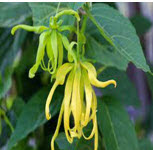
Ylangylang : Ylang-ylang essential oil is notable for its anti seborrhoeic qualities. This means that it both reduces inflammation and regulates the sebum production in skin infections. The substance is thought to help balance the hormones, reducing acne and other complaints often provoked by hormonal fluctuations. It is also a great oil to massage into the scalp to keep the skin moisturised and the hair looking healthy.
Ziziphusmauritiana fruit pulp : Its components and properties treat dry skin, relax sunburn and reduce wrinkles, giving your skin a glowing and silky texture.
Conclusion : Nowadays, consumers have an increasing interest in natural products, namely in the case of cosmetic products. On the other hand, several works refer to the advantages of plant extracts, such as antioxidant capacity, tyrosinase inhibition and antimicrobial activity, which can be beneficial for attenuation and prevention of various skin conditions.In summary,many plant extracts, after being duly studied, can be a safe, efficacious and cost effective alternative to synthetic products. Our main aim of this article to review the efficacy of the plant based ingredients in Cosmetic category.
References :
• Rawlings, A.V.; Scott, I.R.; Harding, C.R.; Bowser, P.A. Stratum corneummoisturization at the molecular level. J. Investig. Dermatol. 1994, 103, 731–740
• Hardin, C.R.; Watkinson, A.; Rawlings, A.V. Dry skin, moisturization and corneodesmolysis. Int. J. Cosmet. Sci. 2000, 22, 21–52
• Draelos, Z.D. The cosmeceutical realm. Clin. Dermatol. 2008, 26, 627–632
• Mukul, S.; Surabhi, K.; Atul, N. Cosmeceuticals for the skin: An overview. Asian J. Pharm. Clin. Res. 2011, 4, 1–6
• Dweck, A.C. Botanicals—Research of actives. Cosmet. Toilet. 1996, 111, 45–57
• Dureja, H.; Kaushik, D.; Gupta, M.; Kumar, V.; Lather, V. Cosmeceuticals: An emerging concept. Indian J. Pharm. 2005, 37, 155–159
• Chaudhari, P.M.; Kawade, P.V.; Funne, S.M. Cosmeceuticals—A review. Int. J. Pharm. Technol. 2011, 3, 774–798
• Anitha, T. Medicinal plants used in skin protection. Asian J. Pharm. Clin. Res. 2012, 5, 35–38
• https://www.medicalnewstoday.com/articles/321543
• Calliste, C.A.; Trouillas, P.; Allais, D.P.; Duroux, J.L. Castaneasativa Mill. leaves as new sources of natural antioxidant: An electronic spin resonance study. J. Agric. Food Chem. 2005, 53, 282–288
• Ribeiro, B.; Rangel, J.; Valentão, P.C.; Andrade, P.B.; Pereira, J.A.; Bölke, H.; Seabra, R.M. Organic acids in two portuguese chestnut (Castaneasativa Miller) varieties. Food Chem. 2007, 100, 504–508
• Barreira, J.C.M.; Ferreira, I.C.F.R.; Oliveira, M.B.P.P.; Pereira, J.A. Antioxidant activities of the extracts from chestnut flower, leaf, skins and fruit. Food Chem. 2008, 107, 1106–1113
• Almeida, I.F.; Maleckova, J.; Saffi, R.; Monteiro, H.; Goios, F.; Amaral, M.H.; Costa, P.C.; Garrido, J.; Silva, P.; Pestana, N.; et al. Characterization of an antioxidant surfactant-free topical formulation containing Castaneasativa leaf extract. Drug Dev. Ind. Pharm. 2015, 41, 148–155
• Beneficial and Healthy Properties of Eucalyptus Plants: A Great Potential Use Article in The Open Agriculture Journal • August 2016 DOI: 10.2174/1874331501610010052
• Leung, A.T.; Foste, S. Encyclopedia of Common Natural Ingredients Used in Food, Drugs and Cosmetics; Wiley: New York, USA, 1996
• https://draxe.com/nutrition/holy-basil-benefits
• https://www.titanicspa.com/blog/a-z-of-natural-skincare-ingredients-and-their-uses
• Pérez-Bonilla, M.; Salido, S.; van Beek, T.A.; Altarejos, J. Radical-scavenging compounds from olive tree (Oleaeuropaea L.) wood. J. Agric. Food Chem. 2013, 62, 144–151


